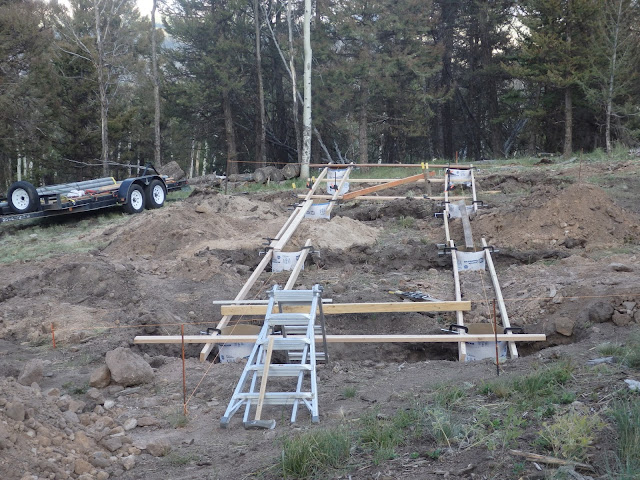There is a rail line thru Colorado that goes from Pueblo to Salida and up thru Minturn and to Dotsero.
This is the Tennessee Pass line, the highest rail line in continental North America. It was operated by the Denver and Rio Grande and most of the line was taken out of service in the late 1990's. Steep grades, massive winter snow clearing, rock falls and high altitudes made this a challenging line to keep open. It was not abandoned however, just taken out of service. It is currently owned by the Union Pacific.
There are efforts afoot to try and reopen the line by competitors of the Union Pacific railroad to allow grain farmers in western Kansas to ship grain to the west coast for shipment overseas. I'm not sure how likely that is to happen.
Julie and I wished to follow the rail line and see how it has held up after decades of disuse and what might be required to update the infrastructure. This called for a road trip!
In addition to chasing the rail line we enjoyed other highlights of Colorado on our road trip.
A cloud settled over our home for our departure making for interesting morning lighting.


 |
| Our valley was filled with cloud |
 |
| Our miniature schnauzer is always ready for a road trip |
 |
| Great wild flowers along the way |
 |
| We headed over the newly paved Cottonwood Pass and checked out the miles of wooden fences. |
 |
| Much of this is open range so we get to watch out for the cattle. |
 |
| Pretty hard to beat the views of Mountain Lakes, in this case Taylor Reservoir |
 |
| This is typical of the condition of the rail line north of Buena Vista. Note the typical black ballast used by the Rio Grande |
 |
| A short hike gets you to the Tennessee Pass tunnel portal |
 |
| Hard to tell if the curtain intended to protect the tunnel from snow and ice is still intact. |
 |
| All of the signalling infrastructure is in poor condition |
 |
| Portions of the rail line follow the river |
 |
| In WWII troops were trained nearby in mountain warfare. We had lunch at a monument to their service. |
 |
| A trip thru the town of Red Cliff shows lots of interesting architecture |
 |
| The bridge at Red Cliff is on the list of National Historic Monuments and is beautiful. |
 |
| The rail line travels under both of the bridges at Red Cliff |

 |
| After taking the previous picture my eagle eyed wife said "What is That?" |
 |
| She found this set back into a crevice in the rocks |

We had hoped to hike these rails two miles in to the Eagle mining complex located along the tracks. It seems vandals have made this a serious trespassing issue with law enforcement issuing fines. We decided not to go and have to rely on an interesting YouTube video of hikes of others into the area. One is found at this link:
Hike to Tennessee Pass Mining Complex
 |
| Lots of No Trespassing signs in this area |
 |
| The rail yard at Minturn where the helper engines were stored to assist trains over the steep grade is intact. |
 |
| We headed home from Glenwood Springs and checked out the Coke ovens at Redstone |
 |
| Such a pretty drive through the valley |
 |
| We stopped to see the coal mining structures near Somerset. |
 |
| The rest area overlooking Morrow Point Reservoir found our light fading. |






















































































